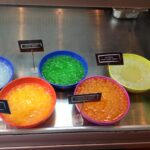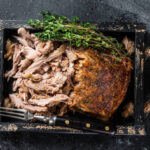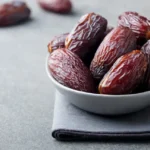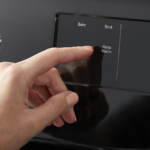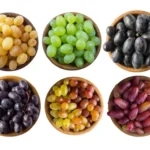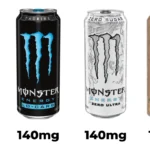If you’re looking for an easy, yet delicious way to brew espresso without the use of a machine, then you’ve landed on the right page! Espresso is often considered one of the more difficult brewing processes but with just a few tools and some practice – anyone can prepare this iconic coffee drink. In this blog, we’ll provide clear instructions on how to make espresso without a machine or equipment – so whether you’re at home, or away from your own kitchen, mastering barista-style espresso will be simple and straightforward.
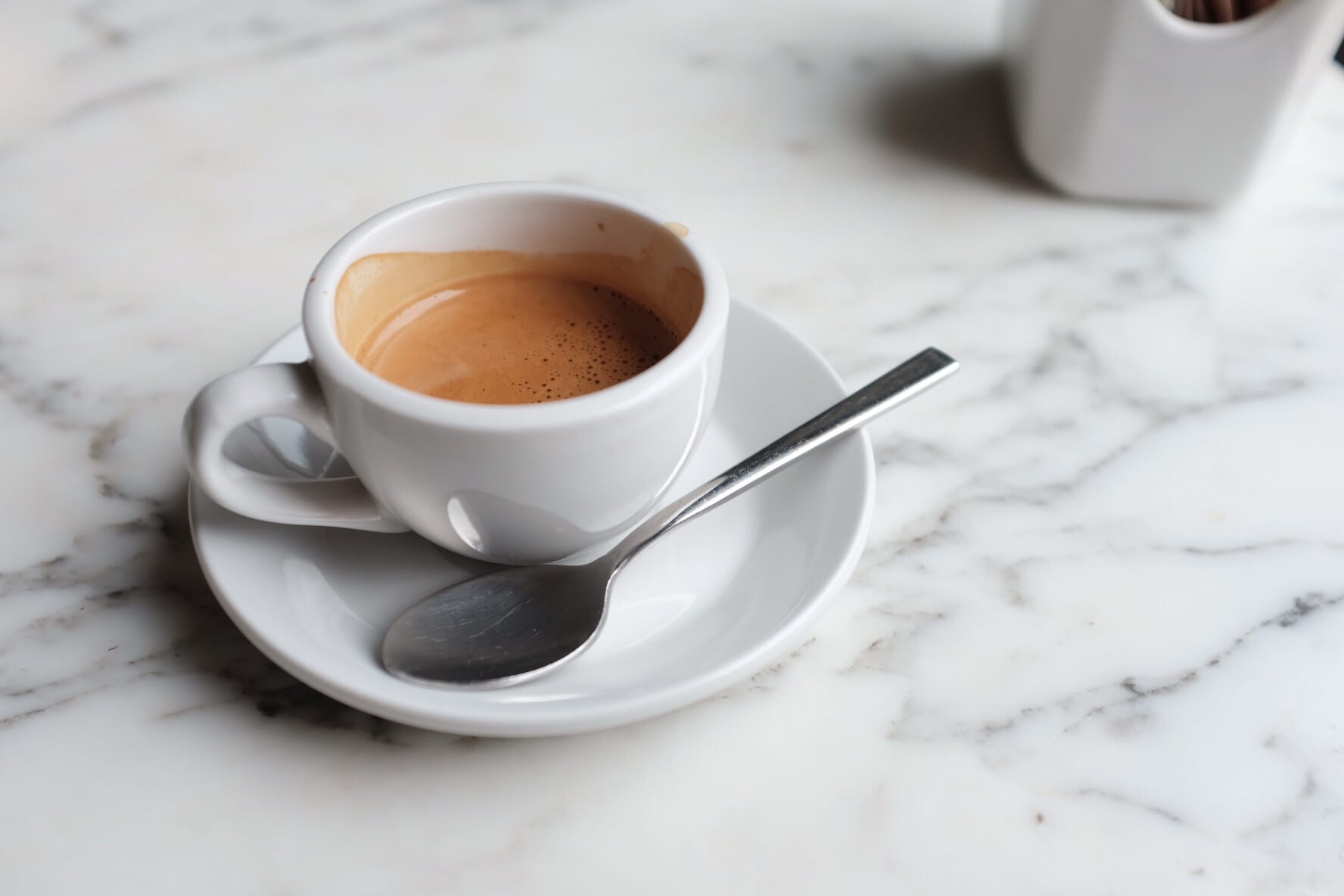
Contents
What Is An Espresso Shot?
Essentially, espresso is a concentrated shot of coffee made from finely ground and tamped beans that are brewed at high pressure. It’s usually served in small servings called “shots.” When making espresso without a machine, there are 4 main ways to approach it: by Aeropress, by the French press, by stovetop moka pot, or by hot water with finely ground coffee.
Types Of Espresso
There are two types of espresso – Regular and Ristretto. The difference between them lies in how much water is used to extract flavor from the coffee beans. Regular espresso uses more hot water than Ristretto, resulting in a less concentrated and stronger cup of espresso with a thinner crema. Ristretto on the other hand, uses less water and produces a thicker and more flavorful espresso with a richer crema.
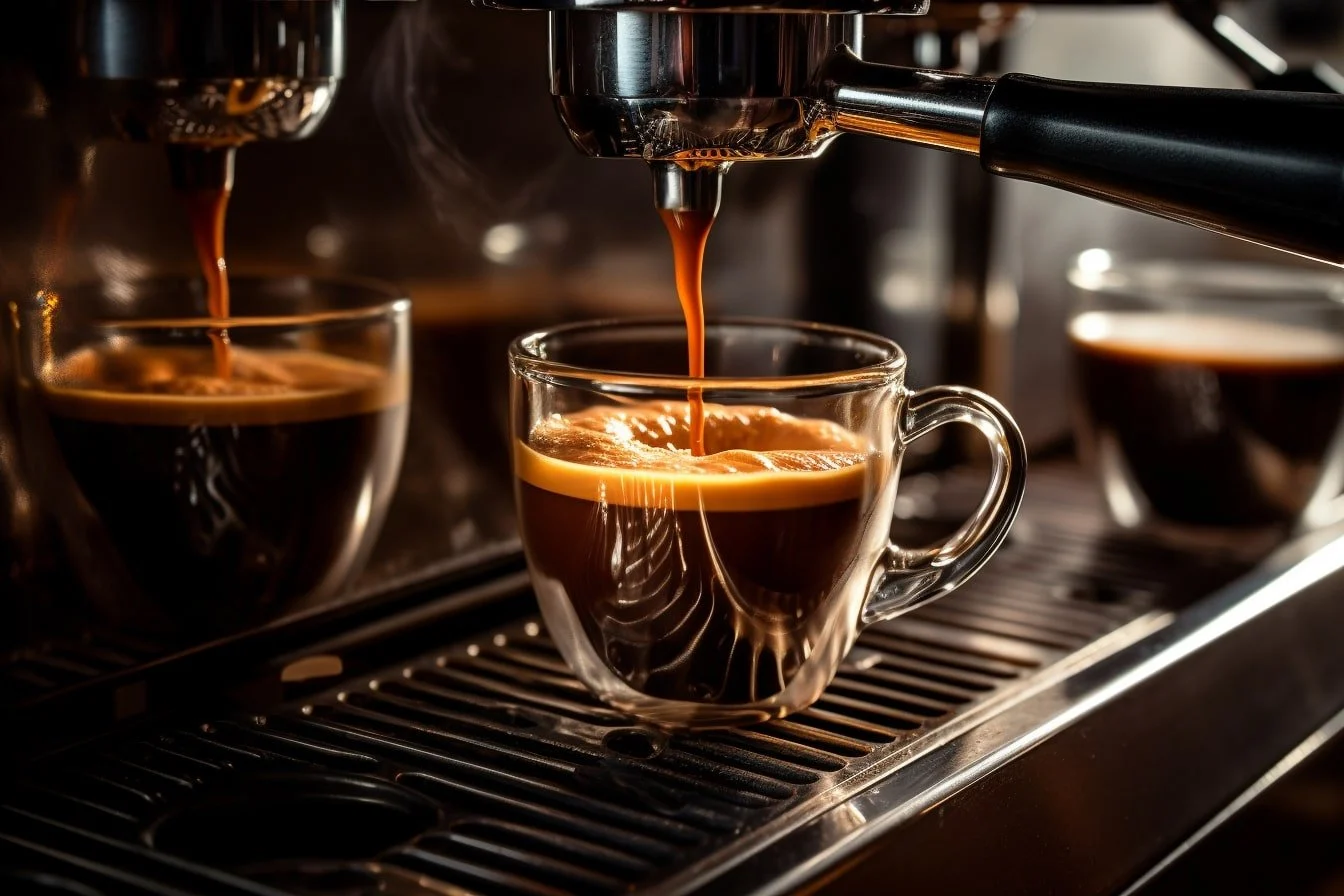
What Is Espresso Machine?
An espresso machine is a specialized coffee-making equipment used to brew a concentrated and strong coffee known as espresso. It was invented in Italy in the early 20th century and has since become a popular way of making coffee all over the world.
Espresso machines use pressurized water to force hot water through finely ground coffee beans, producing a thick and creamy liquid with a layer of foam known as crema. This brewing method creates a unique flavor profile, making espresso a preferred choice for many coffee enthusiasts.
Features Of Espresso Machine
Manual espresso makers are handheld devices that use forced air pressure to extract flavor from coffee grounds. These devices require no electricity or batteries – just a few pumps of the handle to generate pressure.
Stovetop espresso pots, also known as Moka Pots, are attractive and easy-to-use alternatives to electric espresso machines. These coffee makers use steam pressure generated from the stove or go on a camping stove – making them especially useful for people who want to make espresso while traveling.
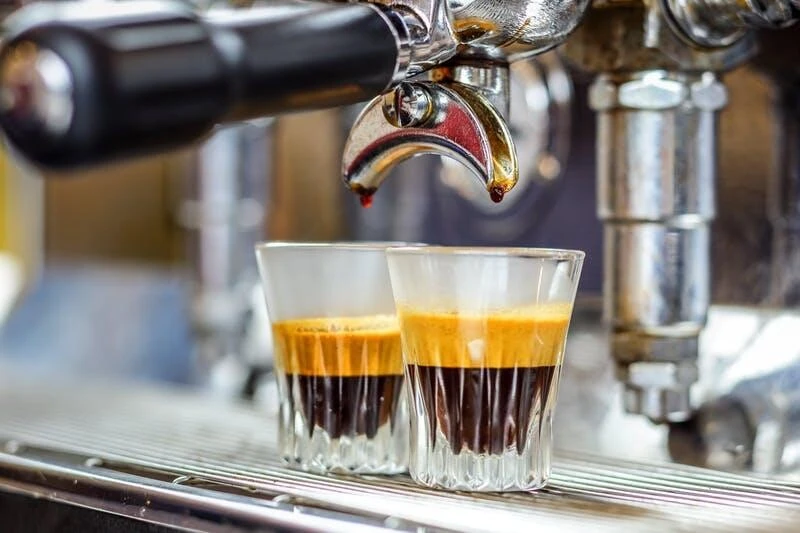
How Does An Espresso Machine Work?
To make espresso without a machine, you will need either a manual espresso maker or a stovetop espresso pot. Both of these devices work in the same way – by forcing hot water through tightly packed coffee grounds and creating pressure to deliver flavor-rich espresso.
For a manual espresso maker, you add your ground coffee into the filter basket before filling it with hot water. Once you’ve securely closed the lid, simply pump the handle a few times to generate pressure and push the water through the grounds.
If using a stovetop espresso pot, fill it with ground coffee before adding cold water into the bottom chamber. Place on your stove or camping stove and bring it to boil until you hear a ‘hissing’ sound.
Can You Make Espresso Without A Machine?
Yes, you can make espresso without a machine. All you need is the right equipment and technique. The most popular methods include using an Aeropress, French press, moka pot, or hot water with finely ground coffee to brew your espresso shots. Each method has its own unique characteristics so it’s important to familiarize yourself with how each one works before you begin.
How To Make Espresso Without A Machine?
Making espresso without a machine is easier than you might think! You’ll just need the right tools, such as a manual espresso maker or stovetop espresso pot. Here are some key steps to help you create barista-style espresso wherever you go:
Ingredients
- 2 tablespoons of ground espresso coffee
- 6 ounces of hot water
- Either a manual espresso maker or stovetop espresso pot
Preparation
- If using a manual espresso maker, fill the filter with ground coffee and tightly screw on the lid. Make sure all parts are securely tightened for pressure to build up safely.
- Fill the bottom chamber with hot water.
- Place the espresso maker on a flat non-slippery surface and pump the handle until you hear a hissing sound.
- If using a stovetop espresso pot, add ground coffee into the filter and fill it with cold water before placing on your stove or camping stove. When boiling, you will hear a hissing sound and your espresso is ready to serve.
- Pour your freshly brewed espresso into a cup and enjoy.
Let’s watch this video to know more about how to make espresso without a machine.
Benefits To Know How To Make Espresso Without A Machine
Making espresso without a machine provides several great benefits. It’s cheaper than buying an expensive espresso machine, more convenient as you don’t have to wait for the coffee to finish brewing, and more environmentally-friendly since you are using fewer resources. Additionally, it allows you to experiment with different types of grinds and brewing methods so you can find the perfect cup for your taste preference. No matter what method you choose, you can enjoy a delicious cup of espresso without having to buy an expensive machine.
What Type Of Coffee Beans Should I Use For Homemade Espresso?
When making espresso without a machine, it’s important to use the freshest and highest quality beans possible. Look for espresso-specific beans that are dark-roasted and have an oily surface. The oils in the bean will help create that beautiful crema layer on top of your finished shot. Avoid pre-ground coffee as much as possible, since pre-ground beans can quickly lose their flavor and aroma.
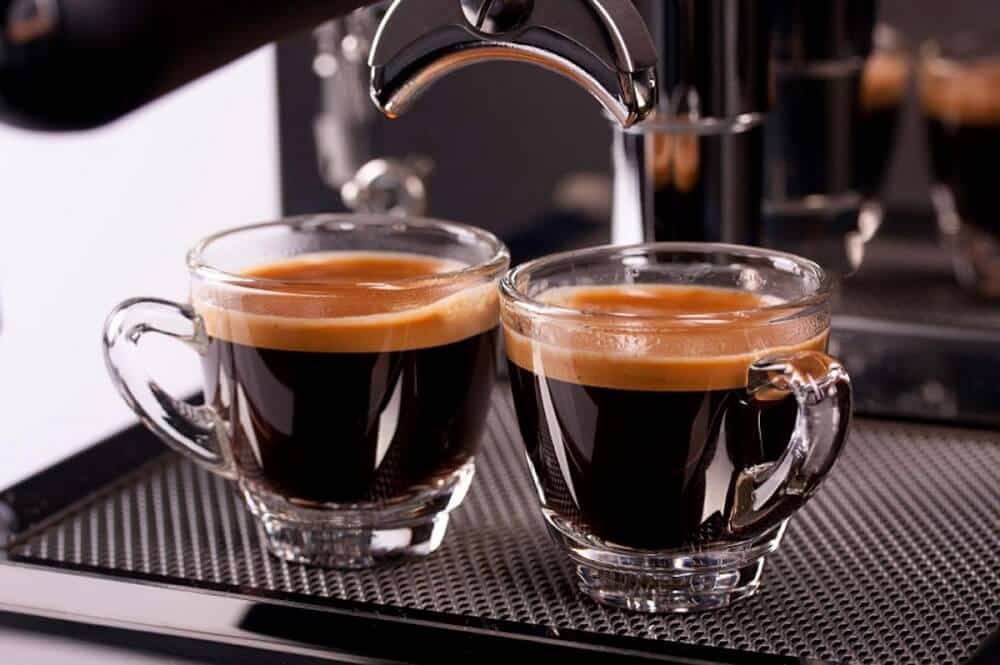
What Type Of Grind Is Best For Espresso?
Now that you know the answer to how to make espresso without a machine and the health benefits, let’s look at what type of grind should be used for Espresso.. For espresso without a machine, the grind should be very fine, almost like powdered sugar. It’s important to use a burr grinder for this step in order to achieve an even and consistent grind size. If you don’t own a burr grinder, try using the finest setting on your blade grinder, and make sure to keep an eye on the grind size and consistency.
Tips And Tricks For Making Espresso Without A Machine
Now that you know more about how to make espresso without a machine, let’s explore tips to make it more attractive.
- Use freshly ground coffee beans for the best flavor.
- Experiment with different grinds to find out which one works best for your taste preference.
- Avoid overfilling the filter basket with coffee grounds – this can lead to a bitter drink.
- Use cold filtered water for optimal flavor.
- Take note of the time it takes to make espresso and adjust accordingly if needed.
- Clean all tools after use and store them away properly.
- Most importantly, have fun and enjoy the process!
Making espresso without a machine is easy with the right tools and tips. With practice, you’ll be able to make delicious coffee drinks in no time.
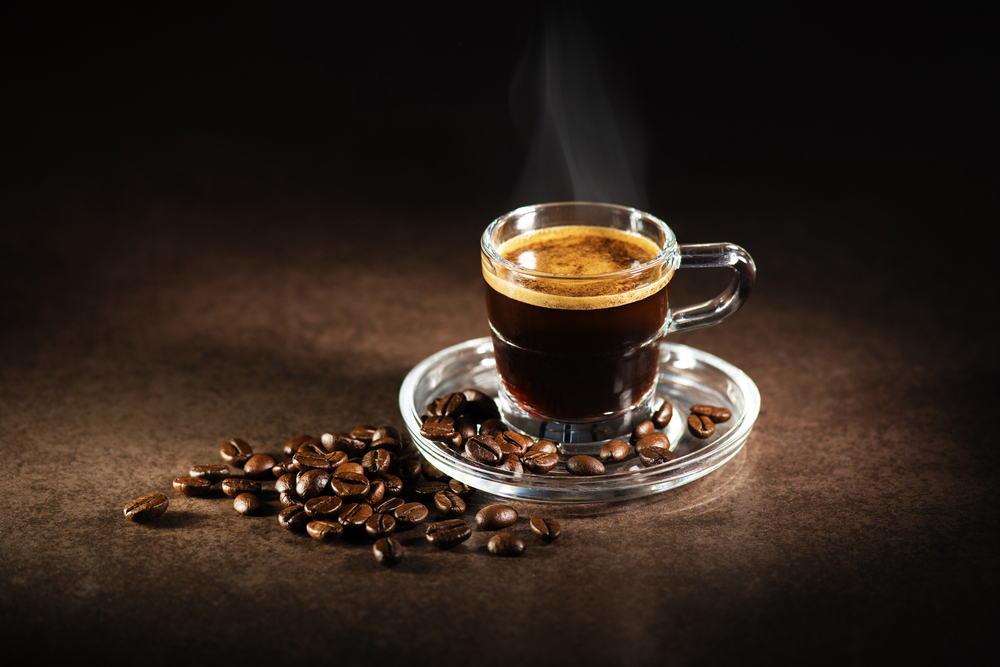
Conclusion: How To Make Espresso Without A Machine
So we have answered the question how to make espresso without a machine. Making espresso without a machine is an achievable feat with the right tools and ingredients. Experimenting with different grinds of coffee beans, types of water and brewing techniques can help you find out what works best for your taste preferences. Keep in mind to clean all tools after each use and store them away properly. Lastly, remember to consume espresso responsibly and in moderation to reap its full health benefits. Thank you for reading at yongkangstreetnyc.com.
FAQs: Make Espresso
Can I make espresso with regular coffee?
You can create espresso with any type of coffee or roast. However, it’s important to note that for a proper brewing process, you’ll need to grind the coffee beans to a very fine consistency. It should be finer than table salt, although not as fine as powder. This will ensure that your espresso is brewed with the right amount of time and pressure. And as an added bonus, when you purchase through Atlas Coffee Club as an Amazon Affiliate, it won’t cost you anything extra!
Is it easy to make espresso at home?
Creating the perfect espresso at home can be quite challenging and expensive. From choosing the right machine to brewing the beans and adjusting the grind, it requires skill and investment. But with dedication and a high-quality machine, you can achieve outstanding espresso in the comfort of your own home.
How long does homemade espresso last?
Experience optimal flavor up to 24 hours after brewing, as the taste gradually diminishes over time. Extend freshness by storing in the fridge for up to 48 hours, although the crema will dissipate.
Is it cheaper to make your own espresso?
Investing in a home espresso setup can lead to massive savings in the long run. While the average coffee shop goer spends nearly $8k over five years, a home barista only spends around $3k. By brewing your own coffee at home, you can save hundreds of dollars every year.
Why is espresso so hard to make?
Creating a flavorful cup of espresso can be challenging, but with the right ingredients and techniques, it’s achievable. Discover the key elements for success: high-quality coffee beans, a precise brewing recipe, a well-maintained espresso machine, and a reliable grinder. Master the art of pulling the perfect shot with our expert tips and best practices. Elevate your espresso experience and unlock the secrets to a truly exceptional cup.
How to make espresso at home with Nescafe?
Simply add a heaped teaspoon of NESCAFÉ Gold Espresso to 30ml (2 tablespoons) of 80°C water, give it a quick stir, and voila! Your perfect espresso is ready to be enjoyed.
Can I make espresso and save it for later?
While espresso is best enjoyed immediately after brewing, if you need to save it for later, follow these tips: Use an airtight glass container, store it in the coldest part of your fridge, and avoid keeping it there for an extended period of time.
What happens if you use regular coffee to make espresso?
Although it is possible to grind any kind of bean for use in an espresso machine, using coffee that is not specifically designed for espresso can result in a bitter taste.
Does make espresso have more caffeine than coffee?
According to nutrition data from the Department of Agriculture, espresso typically contains 63 mg of caffeine in one ounce (equivalent to one shot). Conversely, regular coffee averages 12 to 16 mg of caffeine per ounce. This implies that, ounce for ounce, espresso has a higher caffeine content. However, who limits themselves to just one ounce of coffee?
How do you make espresso with boiling water?
No fancy machines required! Simply fill your cup with hot water, add finely ground coffee, stir, and let it steep for a few minutes. It’s a quick and easy way to enjoy a rich and flavorful espresso at home.
Can espresso only be made with a machine?
This innovative device allows you to create delicious espresso without even needing a stove. With just the grinds, the AeroPress, and hot water, you can achieve the perfect espresso. Follow these easy steps: Heat the water to 185-205 degrees or simply boil a pot of water and let it sit for 30 seconds.
Should I use espresso with or without grinder?
According to Peter Giuliano, the chief research officer at SCA, the answer is a resounding yes to machines with built-in grinders. Trusted brands that truly understand coffee and prioritize design offer espresso machines with built-in grinders.

Chef Yong Kang has over 20 years of experience cooking in the finest restaurants, and is excited to present their vision to you and all our guests. Our caring and committed staff will ensure you have a fantastic experience with us.
We are also available for private events:, business lunches, dinners, and more. We would love to discuss how to be a part of your next event.Our restaurant refuses to compromise on quality, which is why we source our fresh ingredients from local farmers’ markets.


